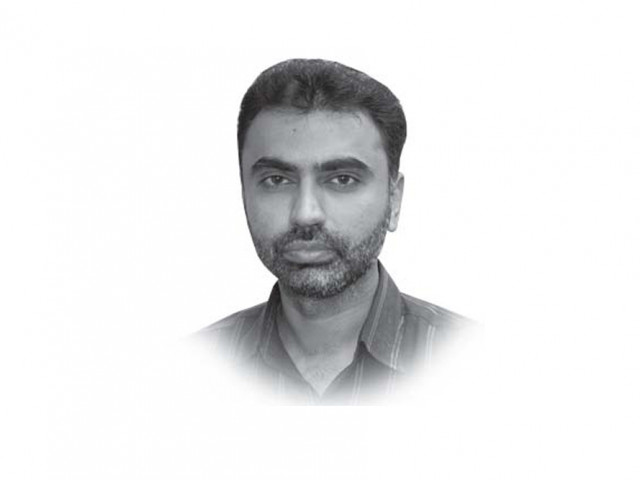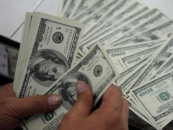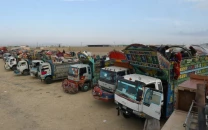The week in focus
At a time when production of food crops is quite critical, talk of water shortage for irrigation is quite disturbing.

At a time when production of food crops, especially wheat and sugarcane, is quite critical following the devastating floods, the talk of water shortage for irrigation purposes is quite disturbing. According to estimates of the World Bank and Asian Development Bank, the floods have damaged 3.3 million acres of cultivable land and caused an initial loss of $9.7 billion to the economy.
“Despite the widespread deluge, though its devastation to human life and property cannot be denied, the country is still short of water,” were the words of an analyst who questioned the government’s planning and handling of the floods.
“Water shortage will be more than government estimates of 10-15 per cent. It will be around 25 per cent, making it difficult for farmers to cultivate crops on a large scale,” Rabia Sultan, Director Farmers Associates of Pakistan, said.
She said the government should not sit idly expressing its inability to meet water needs of farmers, adding that hit it should come out with some planning and practical steps to deal with the challenge.
Farmers encounter problems in running their tube-wells with power disruptions and high tariffs taking a heavy toll. They seek subsidy on electricity supply and usage of diesel for powering the tube-wells.
Underlining the need of controlling wastage of water, Sultan aired concern that every year around 30 million acre feet of water is wasted in the sea due to lack of conservation measures.
Shortage of water will lead to crop shortfalls and prompt the need for food imports. “Wheat is a staple food and if the crop stays short we will have to import the commodity,” she said.
30 per cent water shortage feared
Nadeem Shah, an official of the Sindh Abadgar Board, said the government always announces less than actual water shortage. “When it announces shortage of 10-15 per cent, it means the shortage will be around 30 per cent.”
He said wheat and sugarcane sowing could be affected as a result of less water supply and suggested swift drainage of flood water from low-lying areas to make them ready for sowing this season.
The left bank of Indus River, except for Thatta district, has not been touched by the floods and Shah sought immediate incentives to speed up cultivation in the area. Farmers need seeds and fertilisers at subsidised rates as well as government help in marketing their produce.
Farmers are of the view that sunflower holds the potential of providing a good crop if facilitation measures are taken. They say by producing sunflower, which can be cultivated over a long period from August to February, $2 billion in edible oil imports could be saved.
However, all is not bad for the farmers. On Saturday, the government announced a financial assistance of Rs14 billion to help flood-stricken farmers grow crops this season.
This year many eyes are focused on the farm sector to see how it performs and contributes to the economy. According to an analyst, after years of foreign investment in the oil and gas and telecommunication sectors, they are now offering not many avenues of growth, but agriculture is the area where foreign investors can pour money and reap the fruits.
Last year, the agriculture sector grew much lower than expected, recording an increase of around two per cent compared with the target of 3.8 per cent. This year, the sector is expected to grow by four per cent.
The writer is incharge Business desk for the Express tribune
Published in The Express Tribune, October 18th, 2010.



















COMMENTS
Comments are moderated and generally will be posted if they are on-topic and not abusive.
For more information, please see our Comments FAQ